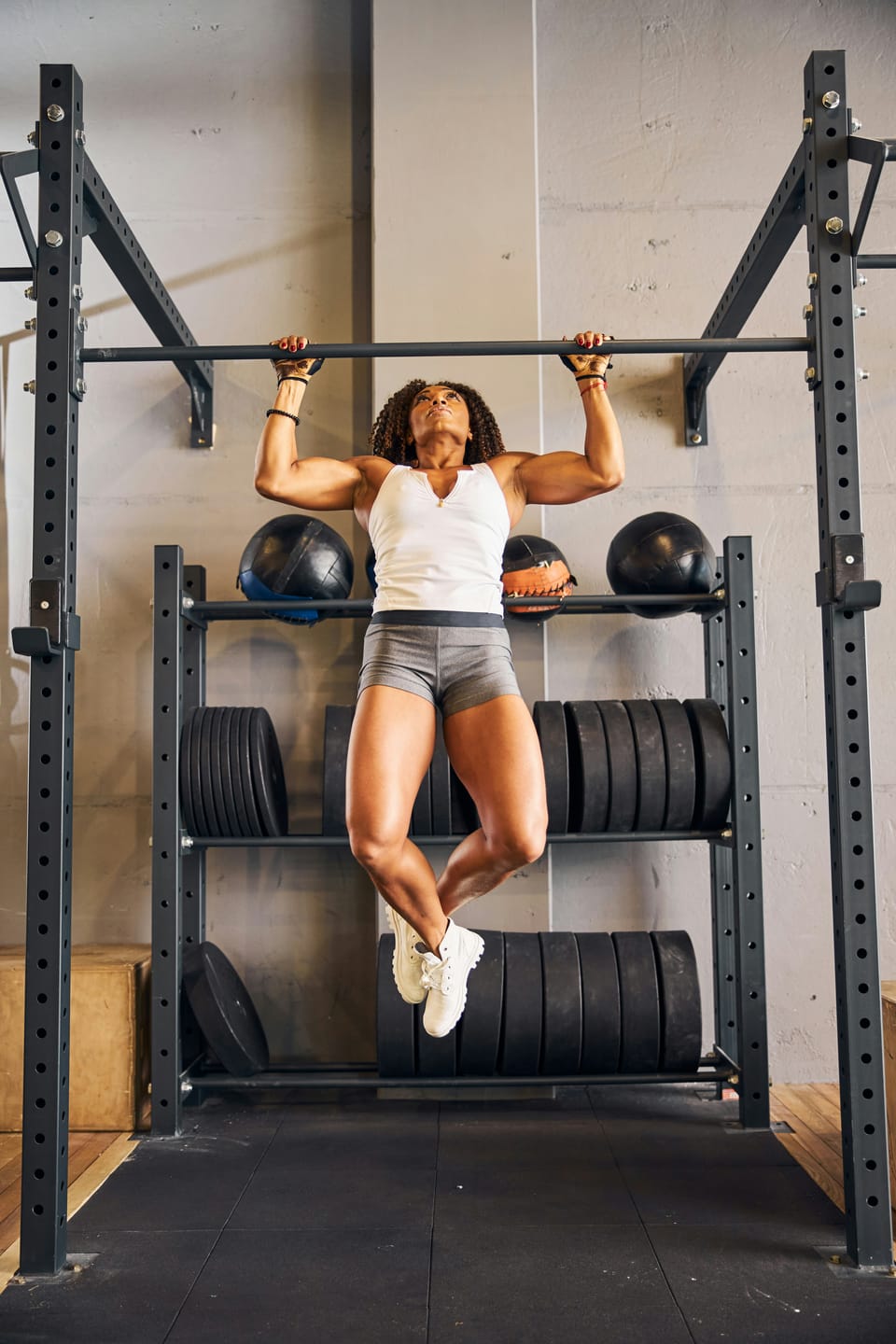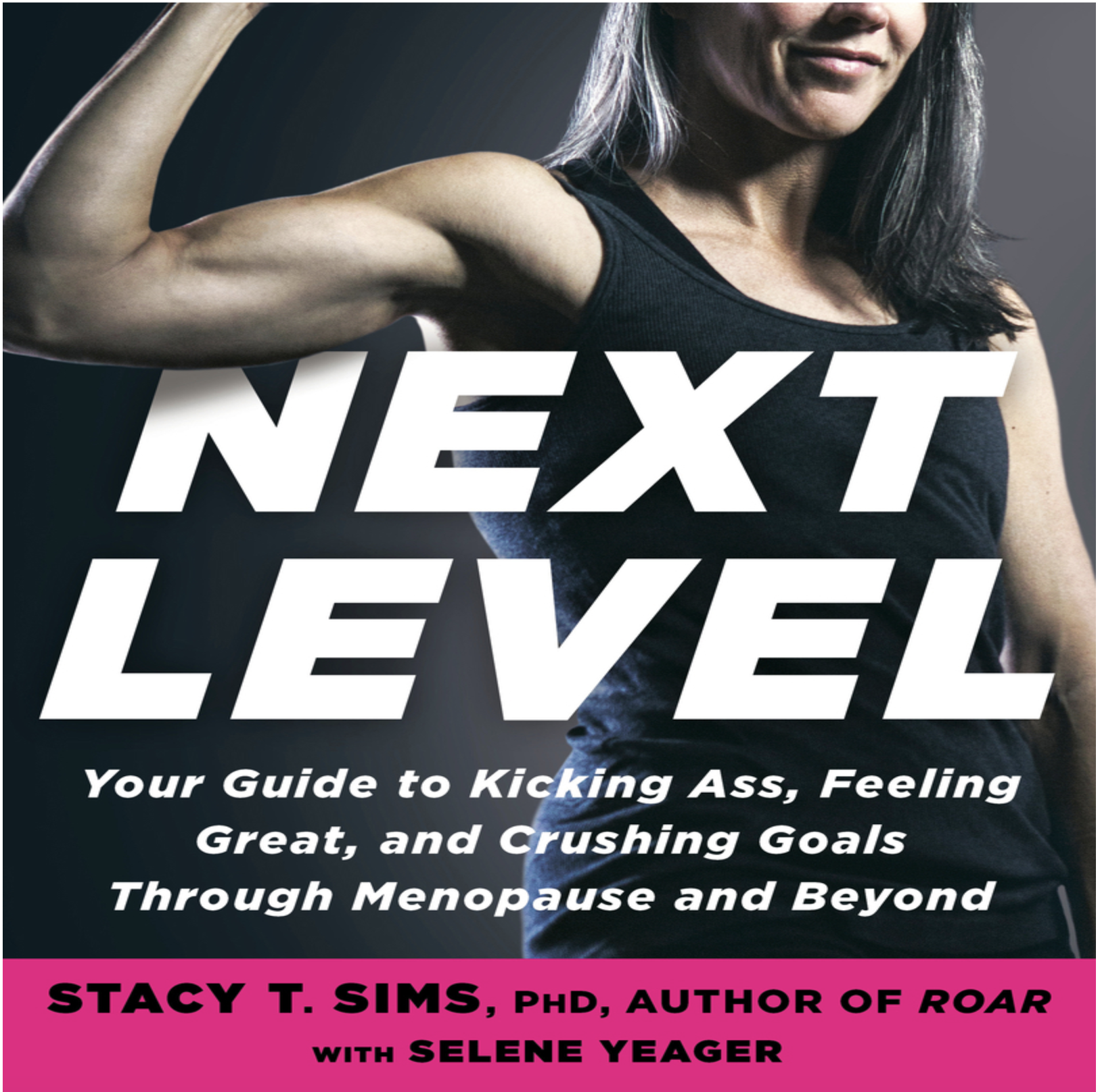How to Exercise in Menopause

Since I entered the dark valley of the shadow of perimenopause I have resented the hell out of both the need to exercise and everyone who—at times—seems to be shouting at me about how I should be doing it in order to preserve and cultivate bone health, protect my heart, maintain and build lean muscle mass, obliterate the roll of visceral fat that suddenly appeared five months ago, stimulate variety in my gut microbiome, and preserve my brain from dementia.
I’m tired dammit! More tired on a more consistent basis than I have ever been in my life. And more than at any other time in my life I crave doing nothing. I want to rest, to be alone and unbothered by others’ presence and demands, to sit and curl up with a cozy mystery. I certainly DO NOT want to learn entire new ways of exercising that I have actually avoided for my entire life because I do not like them. I DO NOT want to be told that all the ways I have enjoyed moving and keeping myself healthy and happy in the past aren’t going to cut it now and I’m going to have to “up my game.” Where do we get the strength to “up our game” when we are hot and sweaty, have slept only three hours, can’t focus and keep forgetting things, and feel as if we are getting both heavier and weaker?
Yet my experience shows me that this is, in fact, what I need to do. All the things I have done in the past—even the yoga I have practiced—aren’t helping me sleep, preventing me from losing muscle mass, eliminating the belly fat, or averting loss of bone density. All the different ways I have worked with my body and mind in the past need to be modified and/or replaced with new ways of working. And it’s difficult to express how much this has enraged me.
Apart from a stint of dedicated couch potato practice in my adolescence, I have been a mover for most of my life. I was an active child—mostly running around out of doors, but also some dance classes and soccer leagues. My orientation to college was three weeks on an Outward Bound program in Ontario, Canada that almost killed me since my muscles were basically mush from the previous four years of laying around and reading, but it reintroduced me to a more consciously embodied state of being that has only expanded in ensuing decades.
At different times in my life I have been a regular swimmer, hiker, and Zumba class attendee. I was a professional yoga teacher for almost twenty years and still practice regularly. Most of my adult work has involved being on my feet and moving around rather than sitting at a desk, and I am currently working as a massage therapist.
I have found that daily movement is essential primarily for my mental and emotional health and well-being. The physical release of tension from my muscles, the mental and somatic challenges that make me feel stronger, and the salubrious hormonal currents that bathe my brain as a result of exercise calm, sharpen, buoy, and fortify me.
In a nutshell, I like to exercise and I know not everyone does. I realize that each of you will be approaching this post from a different perspective. Some of you may be elite athletes or training enthusiasts, others may have remained true to the couch potato calling and prefer to get exercise by walking to the door to let the cat out and lifting teacup to mouth. The majority may be ambivalent about exercise for a variety of reasons—fatigue, historical or current pressure about body image and “shoulds,” confusion about what the right way to exercise is for you, desiring more guidance but not knowing where to get it or how you would pay for it, etc.
Here's the summary:
In menopause we need to shift the focus of our exercise from what are called Zone 2 types of movement (Zumba and spin classes, jogging, swimming) to
· strength training
· high intensity interval training (HIIT)
· sprint interval training (SIT)
· exercises to promote balance
There is still a place for spin, running, and swimming, but we are encouraged to approach them from a different angle and use them for high intensity or sprint interval training.
Both Dr. Lisa Mosconi, author of The Menopause Brain, and Dr. Jen Gunter who wrote The Menopause Manifesto discuss the benefits and importance of strength training and working on balance, but do not emphasize HIIT or SIT. They take a realistic approach in that they acknowledge many of the practical and psychological barriers to exercise that exist—time, energy, work-life demands, money issues, body image concerns, gym phobias, current fitness level, etc.—and encourage people to do what they can to get moving.
But what I’d like to discuss here is the research that’s been done by Dr. Stacy Sims, an exercise physiologist from New Zealand, who has dedicated her professional life to studying nutrition and exercise in women. Her first book, Roar, focuses on exercise for women who are still menstruating, and I recommend looking at it, particularly if you are a serious fitness enthusiast or athlete. The science behind how we need to think about exercising at different points in our cycle for maximum benefit and personal well-being is fascinating.
The book she wrote for and about women going through menopause is called Next Level.

I will confess right now that I have not yet read beyond the first few pages of Next Level. The reason for this is because the subtitle—Your guide to kicking ass, feeling great, and crushing goals through menopause and beyond—infuriated me so much that I couldn’t engage with it.
As I mentioned before, I’m tired. I’m also pissed off at our culture’s constant emphasis on “kicking ass” and “crushing” everything we fucking do. Especially when it feels like a massive achievement to get out of bed in the morning, go to work, and make dinner after. So I didn’t appreciate Sims’s marketing and didn’t dive into the book. What I have done, however, is listen to Sims speaking with Andrew Huberman on his podcast (see the Resources page for that one), and, more recently, her interview with Jonathan Wolf on a Zoe podcast:
Dr. Stacy Sims with Jonathan Wolf
She’s been consistent about her messaging. While she acknowledges that aging feels precipitous and sudden in women, and that many women go from feeling strong and well to “wak[ing] up squishy overnight,” she emphasizes that in order to preserve our well-being and health and promote longevity, we must learn to exercise in new and challenging ways.
Here are some interesting things to consider that Sims discusses in the Zoe podcast:
· In menopause we need to start to use a form of exercise that creates enough external stress that the body will respond in ways the body is used to responding when hormones, specifically, estrogen, progesterone, testosterone, are on board.
o In other words, we can use exercise to help fill the gap as our hormones decline if we exercise in ways that stimulate our body to respond as it used to when those hormones were present in greater quantities. (I’m not sure how this works exactly, which is why I now see I’m going to have to read her book.)
· Moderate intensity exercise (typically Zone 2) is too easy to be hard enough to invoke change and too hard to be easy enough to stimulate the parasympathetic system (rest and digest).
o Basically, the exercise many of us are used to doing to maintain weight and muscle mass becomes, in menopause, ineffective against weight gain and weakening of muscle and bone. Yet it also tends to exhaust and stimulate us, keeping us “tired and wired,” mired in the stress response that is already running on a loop in us because of estrogen and progesterone depletion.
o Because of this we need to practice intense, heavy, and physically exhausting exercise in order to stress the body enough that it responds in a physiologically potent way and so that we are worn out enough to drop into a more relaxed state, rather than being revved up by our exercise.
· In terms of building and maintaining muscle mass, estrogen acts on a woman like testosterone acts like a man. Also, estrogen is responsible for stimulating two proteins found in muscle—actin & myacin—to contract. When estrogen declines in perimenopause our muscles cannot contract as strongly as they used to. Heavy weightlifting rather than moderate intensity exercise is recommended because the strength training encourages strong contraction to build muscle.
o When we do powerful, demanding exercise, we are beginning to recruit the nervous system to do the work that was previous done by the endocrine system. As Sims puts it, we are seeking a nerve response rather than relying on estrogen’s messages to myacin and actin.
· The reasons for HIIT (high intensity interval training) and SIT (sprint interval training) include skeletomuscular, cardiovascular, and brain health, but from a hormonal perspective the body responds to these two types of exercise by lowering cortisol (our primary stress hormone) and increasing growth hormone and testosterone. Growth hormone and testosterone aid in cellular repair and also help decrease belly fat.
I’m not going to go into the details of what Sims recommends about how to go about exercising. It’s complex and I am still just getting the gist of it myself. Please listen to the podcast or look at Next Level or Roar if you want to know more about fitness specifically for menopause.
In the next post I’ll discuss injury and feeding. We may have a routine that we think is working for us or has worked for us in the past. However, we need to understand how nutritional intake before exercise and the risk of injury are different for women and for those going through menopause.